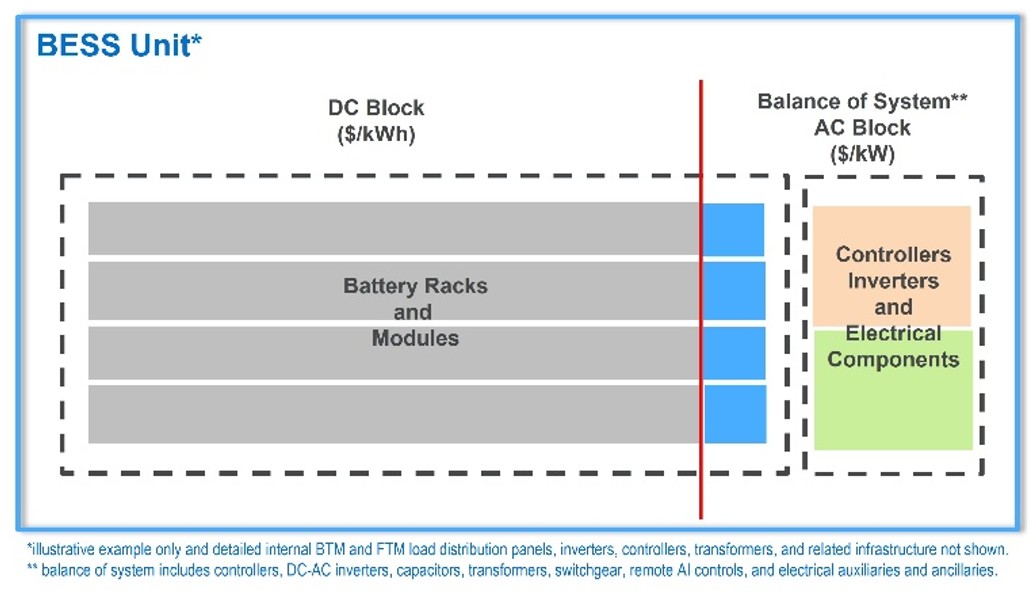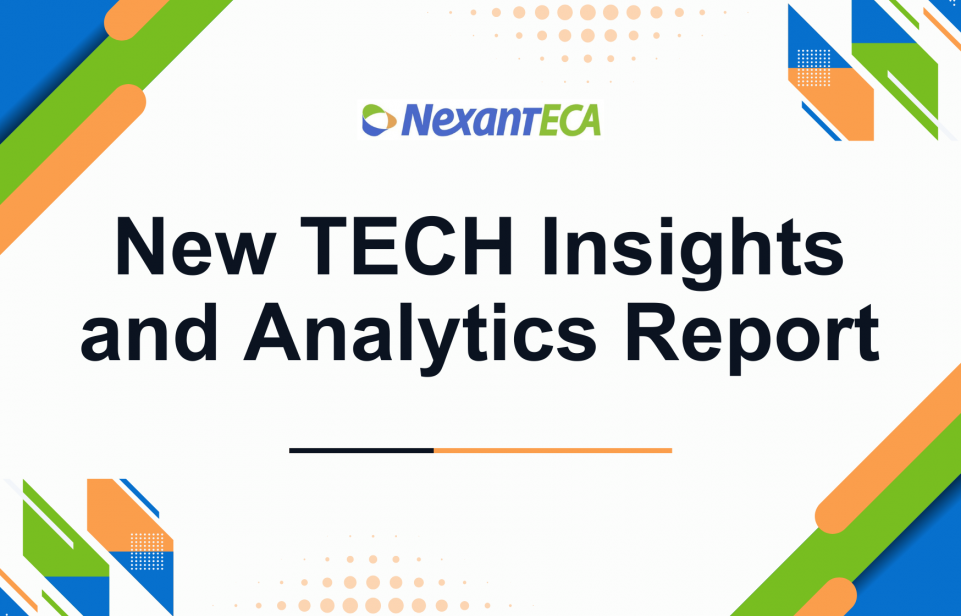News
New TECH Report - Advances in Battery Energy Storage Systems - 2024

Advances in Battery Energy Storage Systems is one in a series of reports published as part of NexantECA’s 2024Technoeconomics – Energy & Chemicals (TECH) program.
Overview
Due to the intermittent and non-dispatchable nature of the leading renewable resources such as solar photovoltaics and wind power generation, integration of large-scale battery energy storage systems (BESS) units has become a key enabler to the entire renewable energy supply/value chain. In addition, large-scale BESS units provide enhanced reliability, availability, and resilience to the electric utility grid as well as process plants, commercial and industrial (C&I) facilities, and manufacturing plants based on dispatchable baseload power supply due to advances in commercial nuclear power (e.g. pressurized water reactors and small modular reactors) – also with zero-greenhouse gases and zero-carbon emissions. This report addresses major issues which include:
- What are the key advances in leading battery chemistries and technologies?
- What are the strengths, weaknesses, opportunities, and threats related to BESS units?
- How can BESS units support behind-the-meter needs of process plants and C&I facilities?
- What are the main front-of-the-meter ancillary services which BESS units provide in enhancing grid stability?
- How can BESS units support in monetizing the “duck curve” via energy arbitrage?
Commercial Technologies
This report explores the rapidly changing landscape for BESS units. Along with decreased production costs, advanced battery chemistries and technologies include lithium-ion (Li-Ion), flow batteries, and sodium sulfur batteries which have improved significantly. This includes continual improvements with new chemistries boosting performance. The batteries themselves are more efficient and denser, meaning they can both be smaller in size and store a charge much longer. Additional key battery cell technology advances for BESS units include cell longevity, enhanced duration, improved cycling, and managing degradation. In addition, improvements in design standards, fire safety, and disposal, BESS supply/value chain, and increased role of turnkey BESS integration. Newer emerging and promising battery (non-lithium) technologies include solid state and graphene batteries.
Process Economics
The report presents the main drivers for costs and technoeconomics which include evaluation of each battery chemistry/BESS option based on duration of hours of storage and number of cycles of the BESS unit in determining the levelized cost of storage (LCOS) and levelized cost of electricity (LCOE). The Figure as shown illustrates the main cost elements of a BESS unit.
Main Cost Elements of BESS Unit
Main Cost Elements of BESS Unit
The LCOE is the primary cost metric of comparison which is the total cost (including initial Capex and ongoing Opex) of operating divided by the total energy over the assumed lifetime of the BESS unit. The LCOS typically provides a window into specific effects that overall system costs, round-trip-efficiency, and self-discharge have on the cost of the BESS unit.
Commercial Overview
Overarching drivers for BESS deployment consists of robust regulatory framework and policy, innovation, filling market gaps, and increasing market share. For deeper market penetration of BESS units, establishing technically feasible, economically viable, and financially profitable business use cases is essential. Undertaking specific large-scale BESS projects consists of six (6) main modules: 1) developing a project plan, 2) review of key pathways and options, 3) competitive assessment, 4) detailed technology screening, 5) integration of BESS units, and 6) project specific evaluations including required evaluations, assessments, and studies as well as potential environmental impacts.
Contact a member to our Insights & Analytics team to find out more about this report
About Us - NexantECA, the Energy and Chemicals Advisory company is the leading advisor to the energy, refining, and chemical industries. Our clientele ranges from major oil and chemical companies, governments, investors, and financial institutions to regulators, development agencies, and law firms. Using a combination of business and technical expertise, with deep and broad understanding of markets, technologies and economics, NexantECA provides solutions that our clients have relied upon for over 50 years.




